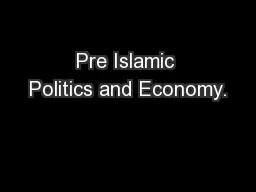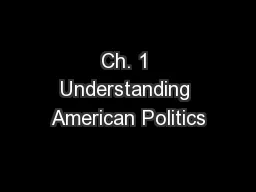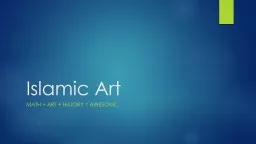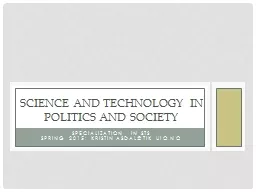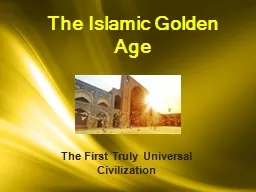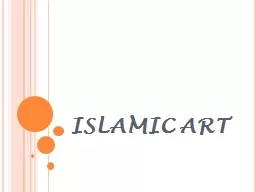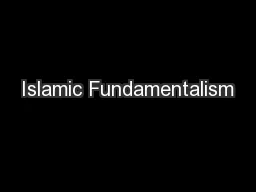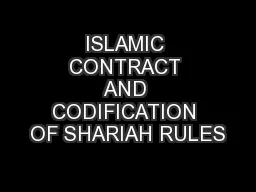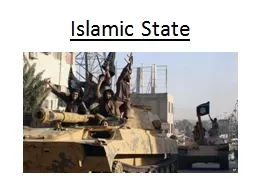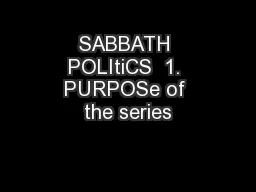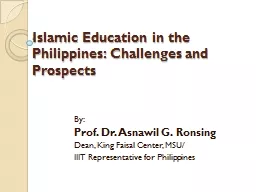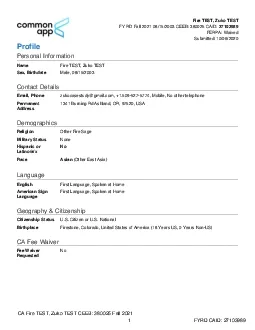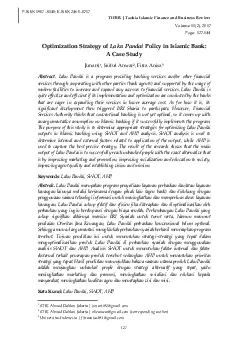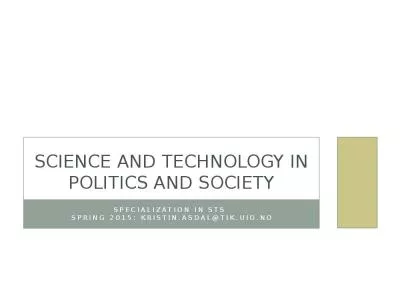PPT-Pre Islamic Politics and Economy.
Author : danika-pritchard | Published Date : 2018-12-16
Do Now Give three reasons for Meccas economic success Who were the most powerful tribe In what way were they powerful To explore the politics and economy of PreIslamic
Presentation Embed Code
Download Presentation
Download Presentation The PPT/PDF document "Pre Islamic Politics and Economy." is the property of its rightful owner. Permission is granted to download and print the materials on this website for personal, non-commercial use only, and to display it on your personal computer provided you do not modify the materials and that you retain all copyright notices contained in the materials. By downloading content from our website, you accept the terms of this agreement.
Pre Islamic Politics and Economy.: Transcript
Download Rules Of Document
"Pre Islamic Politics and Economy."The content belongs to its owner. You may download and print it for personal use, without modification, and keep all copyright notices. By downloading, you agree to these terms.
Related Documents

